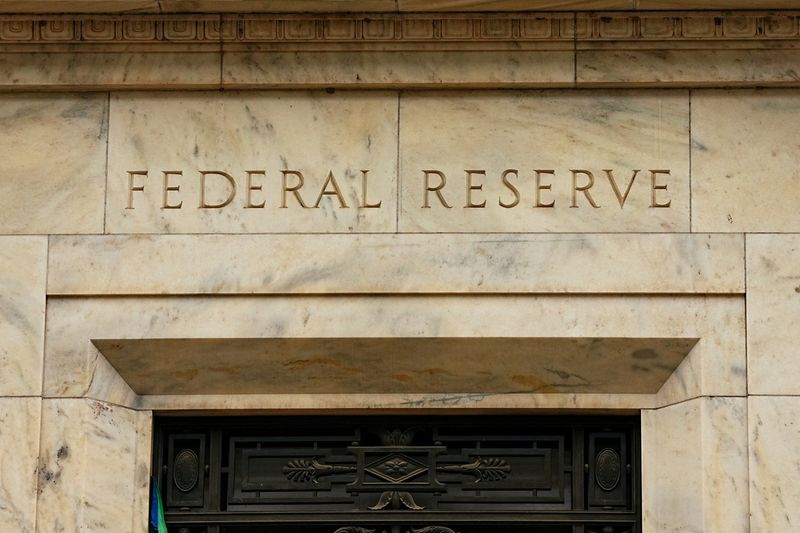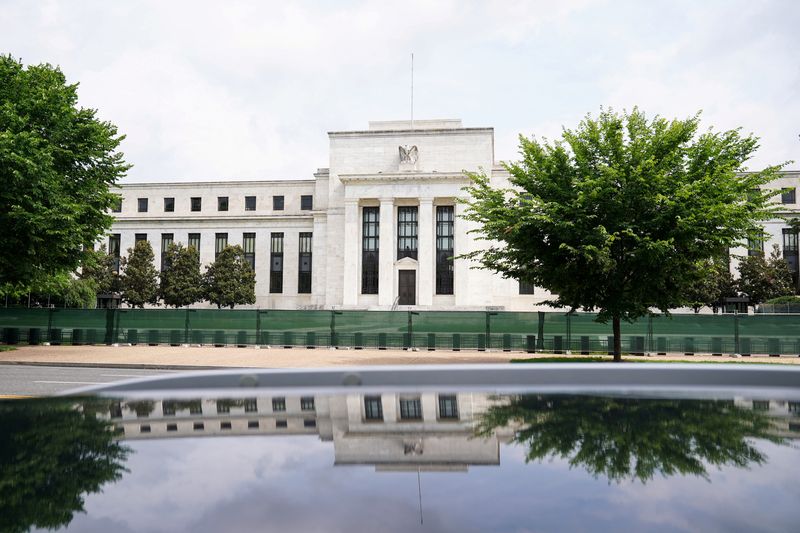Fed liquidity facilities see tepid demand despite quarter end, repo rates climb
NeutralFinancial Markets

Despite the quarter-end approaching, demand for the Federal Reserve's liquidity facilities remains tepid, indicating a cautious market environment. This situation is significant as it reflects the current state of financial stability and investor sentiment, with rising repo rates suggesting tightening liquidity conditions. Understanding these trends is crucial for market participants as they navigate potential impacts on borrowing costs and overall economic activity.
— Curated by the World Pulse Now AI Editorial System













